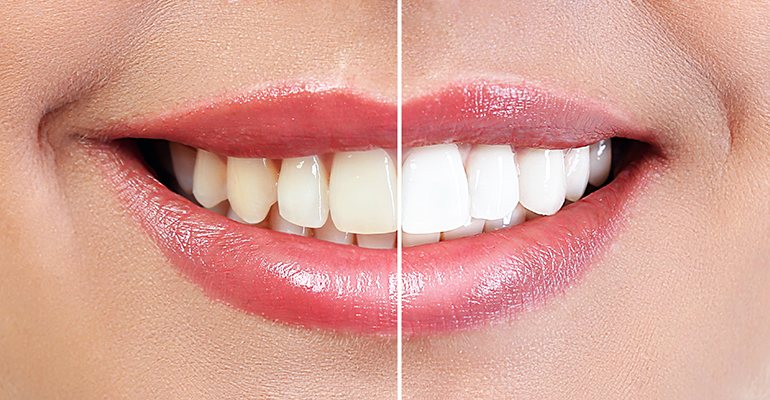Restorative Dentistry for Dental Health

Restorative Dentistry stays true to the definition of the word restore, although keeping your teeth in mind:
- return (someone or something) to a former condition, place, or position.
- repair or renovate (a building, work of art, vehicle, etc.) so as to return it to its original condition.
Restorative Dentistry refers to the management and procedures that your dentist performs to keep your mouth functional and healthy. These procedures may include putting in your basic fillings, dental implants, dentures, and crowns. While this kind of dentistry is not considered a specialization, it does require skill and experience.
There are four primary types of dental materials used to restore teeth: porcelain, dental amalgam, composite resin, and gold. Composite resin includes ceramic or plastic compounds that can be used with other materials like glass ionomers. There are precious (noble) metals (gold, platinum and palladium) which are biologically compatible and very durable. And non-precious metals (which are not like gold and can have biological sensitivity issues) almost as durable.
Fillings- there are a variety of treatment options designed to restore the surface of teeth or replace missing teeth in any of the dental materials previously mentioned. The material used depends on which tooth is being filled by location as some materials are more durable or less obvious.
Veneers –are a layer of either porcelain or composite and are tooth-colored similar to composite fillings. These get are bonded or cemented to the surfaces of a tooth or teeth, primarily those in the upper and lower front teeth (incisors). This will improve the appearance of teeth that are chipped, cracked or uneven.
Crowns- are a type of restoration covering the entire portion of a tooth that has been damaged, chipped, cracked or, subjected to extensive restoration which threatens the rest of the tooth. They can be made from gold, porcelain, or other ceramic material.
Bridges -are a prosthetic replacement of one or more natural teeth. They comprise of crowns that are adjacent to the space with a replacement tooth attached to the crowns.
While there is a bit of an overlap, Restorative Dentistry and Cosmetic Dentistry are not the same, the latter is more concerned with aesthetics. A restorative dentist will stop treatment after helping an individual achieve a set of fully functioning teeth. The cosmetic dentist will go beyond restoration and seek a perfect smile.
An analogy would be a home contractor vs an interior decorator. One is concerned with structural integrity and soundness and the other is aesthetics.
Dr Lee Lichtenstein uses a perfect blend of cosmetic artistry and restorative dentistry, using tooth-colored fillings which are a biocompatible composite resin that is made up of smooth plastic and glass particles. Implants are a restorative solution for spaces where teeth may be missing or for an aesthetic replacement of a patient’s natural teeth. Crowns, bridges, and veneers can provide attractive, permanently fixed smile enhancers which are a natural-looking restorative technique.
Not sure what your smile needs? Give us a call, come on in for a consultation and learn how you can lay back and enjoy a visit to the dentist. Dr. Lee Lichtenstein and his highly trained staff offer general dentistry services as well as dental treatments that can be performed using sedation dentistry and general anesthesia techniques to make patients’ experiences more pleasant and comfortable.
723 North Beers Street
Holmdel, NJ 07733.
(732) 739-3337
email us at leemlichtenstein@gmail.com
https://www.sleepdentistrynj.com
